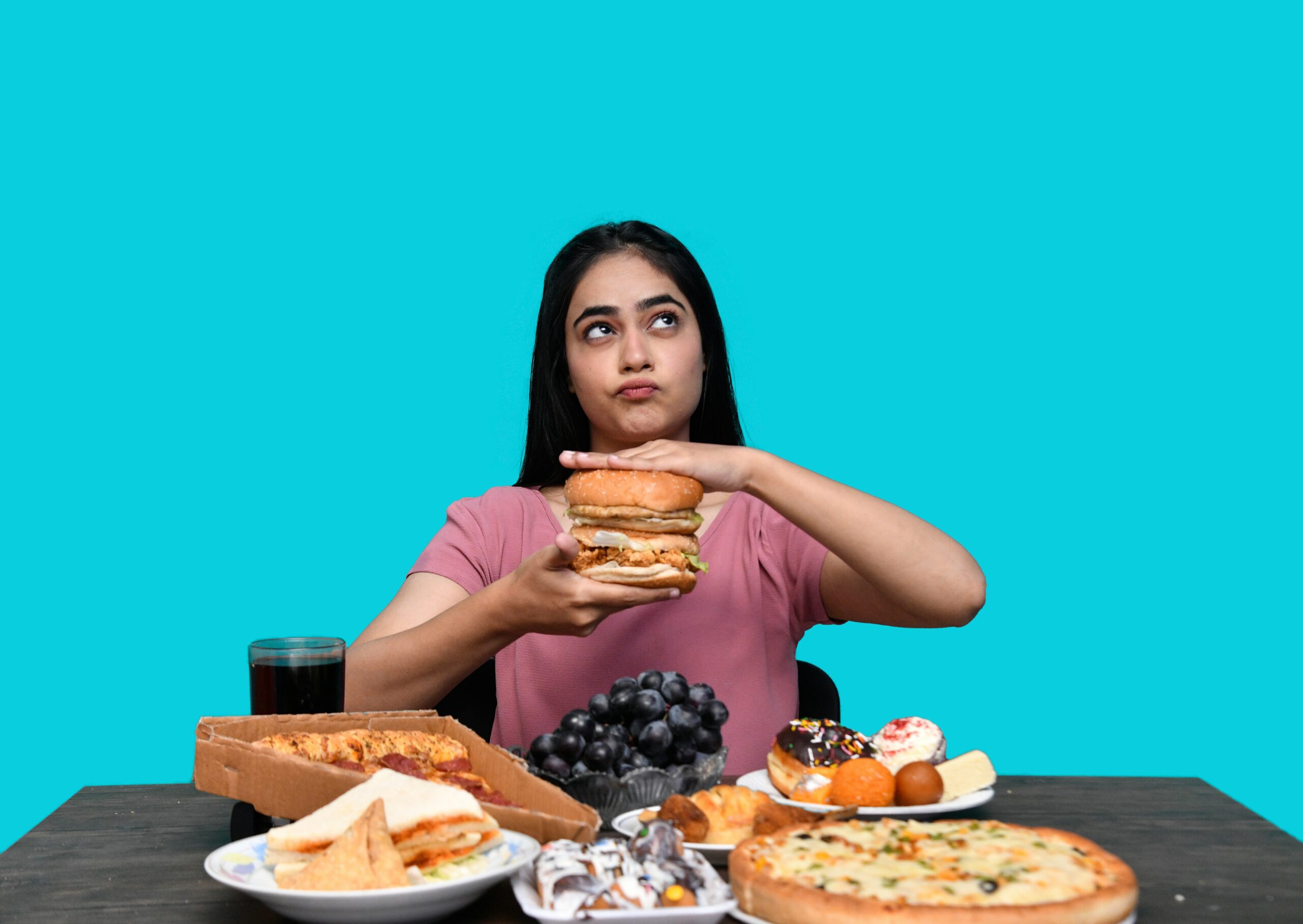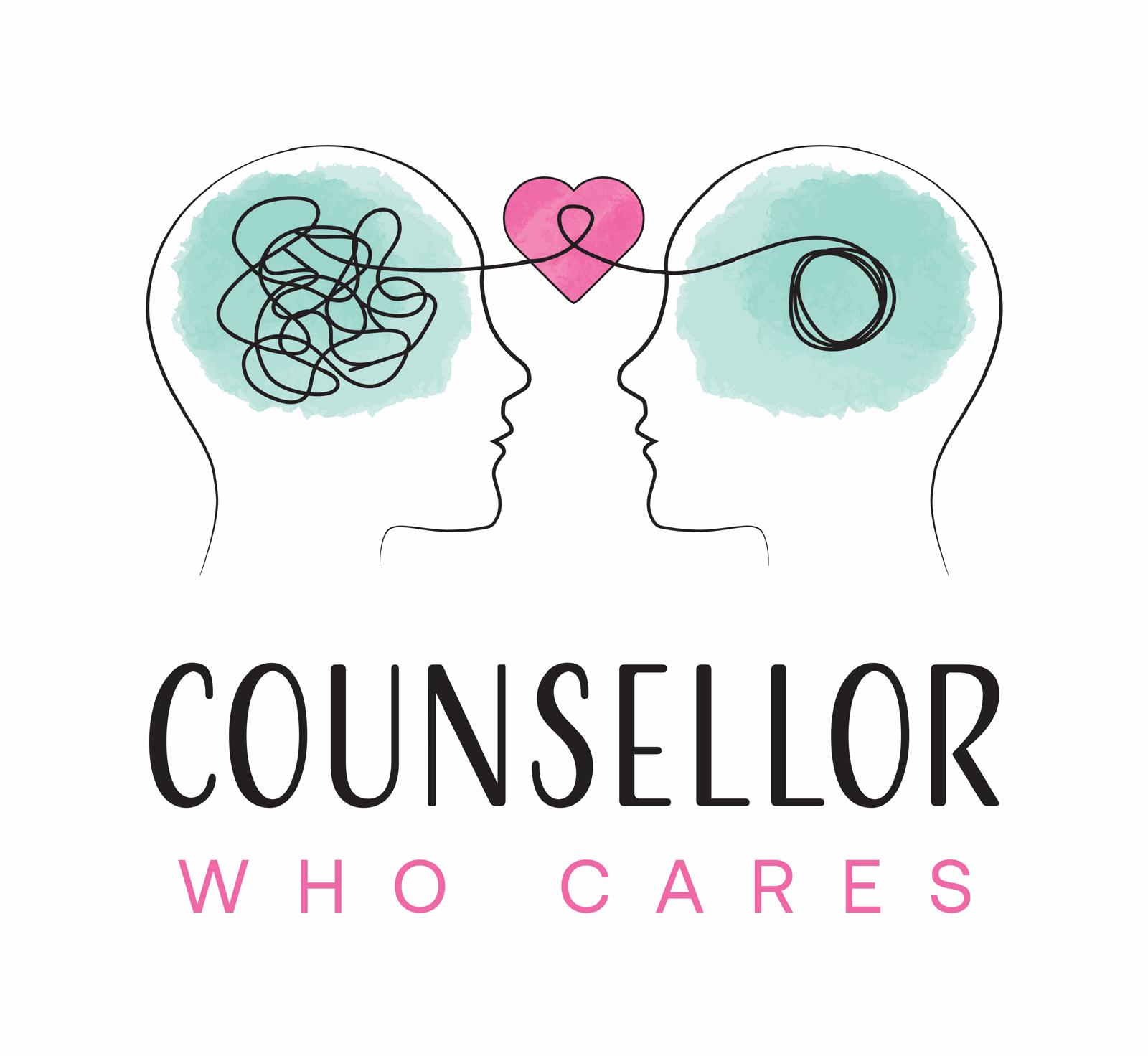When You Don’t Feel Like One Person: How DID Can Affect Eating Disorder Behaviours
It’s Not Just About Food

What happens when your relationship with food is shaped by more than hunger, habits, or body image? What if you aren’t always the one making the decisions?
For people living with Dissociative Identity Disorder (DID), eating disorder behaviours can feel disjointed, confusing, and sometimes terrifying. Because DID involves different parts of the self holding different memories, emotions, and coping strategies, the result can be an unpredictable, chaotic relationship with food.
This blog explores how DID and disordered eating often overlap, and how trauma-informed therapy can help people rebuild a relationship with food that feels safer, calmer, and more consistent.
What Is DID and How Does It Affect Eating?

DID is a complex trauma response where a person’s identity is split into multiple parts (sometimes called alters). These parts may have their own beliefs, fears, memories, and even relationships with food.
Some parts may:
-
Binge or overeat as a form of comfort
-
Restrict food as a way to feel in control
-
Avoid eating altogether due to fear, guilt, or trauma
-
Have no memory of what other parts have eaten or done
This creates confusion, shame, and distress, especially when someone feels like they “lose time” around food or wake up to find wrappers or empty plates without remembering eating at all.
Challenges with Traditional Treatments
It’s not uncommon for someone with DID to have one part that restricts and another that binges.

Here’s how that might look:
-
One part believes eating is dangerous or “bad” and imposes strict food rules
-
Another part might use food to numb emotional pain and engage in compulsive eating
-
A younger part may feel frightened of food or associate mealtimes with past trauma
-
One part may exercise excessively, while another avoids movement completely
This tug-of-war within the same body can feel unbearable. It also makes traditional eating disorder treatment difficult, because not all parts are on board with recovery.
Binge Eating and Memory Loss
One of the most distressing experiences for some people with DID is binge eating episodes they don’t remember. A part may eat in secret while another part dissociates or “goes away” — and then returns later with confusion or guilt.
Low-competition search terms like:
-
why can’t I remember eating
-
Who ate the food
-
I feel out of control around foodcan speak directly to these experiences.
It’s essential to note that this isn’t about a lack of willpower. This is a trauma response. Eating is not random; it often serves to soothe, protect, or communicate.
Anorexia and Inner Critics

For others, DID may express through severe food restriction.
Some parts may have internalised messages about “deserving” food, punishment, control, or perfection. Others may feel too disconnected from their bodies to even recognise hunger.
A part may:
-
Refuse food due to past trauma or punishment conditioning
-
Engage in compulsive exercise
These inner conflicts can create anorexic patterns — even if not all parts agree. One part may beg for help while another silences that voice.
Why Traditional ED Treatment Doesn’t Always Work
Standard CBT or meal plans may fall short if they don’t account for parts-based conflict.
If one part is in therapy but another is hiding or sabotaging recovery, progress stalls. That’s why a trauma-informed, dissociation-aware approach is essential.
Therapy should aim to:
-
Build communication between the parts
-
Explore each part’s relationship to food
-
Gently uncover the purpose of the behaviours
-
Offer safety and regulation tools before focusing on food
-
Honour the whole system, not just the “host” identity
Real-Life Example (Anonymised)
One client shared how she would binge at night without remembering. A “protector” part would take over after stressful days, eat large amounts of food quickly, and then retreat. In the morning, the person who had to “deal with the aftermath” felt ashamed, confused, and angry.
Once she learned about her system and began dialoging with parts, the protector no longer needed to binge in secret, because there were safer ways to soothe and be seen.
Finding Safety in Your Journey
You Are Not Broken
If this sounds familiar, please know:
You’re not broken.
You’re not making it up.
You’re not alone.
Dissociation around food is not uncommon in survivors of complex trauma. When no one taught you how to feel safe in your body, food becomes more than food. It becomes control. Escape. Shame. Comfort. Protection.
But with support, you can create safety again, inside and out.
Where to Get Help
If you suspect you have DID and are struggling with eating, look for trauma-informed therapists who understand parts work and complex trauma.
You can explore:
Want more like this?
If this blog resonated with you, I share honest, trauma-informed insights every week on food, identity, neurodivergence, and recovery.
💌 Join my email list for weekly insights — Subscribe here





